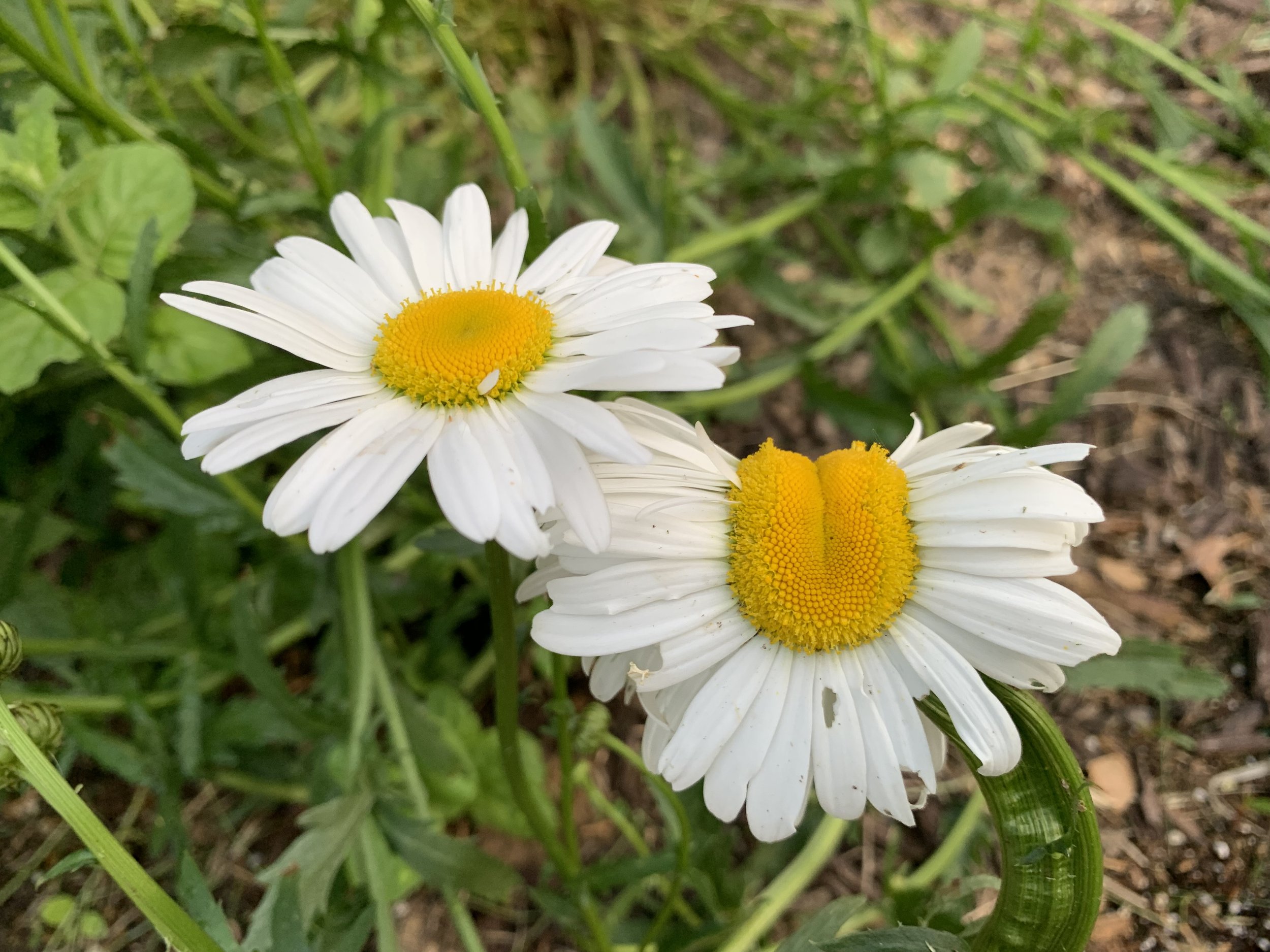Fascinating Fascinations
Have you ever come across a flower that looks a bit . . . off. Maybe the stem is broad and flat or the flower looks like it has been stretched wide. Sometimes, these plants look messy and off-putting, other times they are beautiful living sculptures. No matter the plant's appearance, it’s always fascinating.
“Fascination” is a wide-spread phenomenon in the plant world. It involves an abnormal change in plant shape, typically a broadening and flattening of structures. How does this happen? Bear with me . . .
Everything you see above ground on a plant grew from a cluster of stem cells called the shoot apical meristem or SAM. Stem cells are a special kind of cell. They’re a bit like college freshman. They have not decided their major and have no specialization. One day, they might develop into a fine leaf cell or make up a part of a flower, but until that day, they sit in a cluster at the tip of a stem and wait.
Plants have a special system for maintaining a small cluster of stem cells in their SAM. Changes in this system cause the population of stem cells to enlarge. Instead of a nice, neat dot of stem cells, the population stretches out into more of an oval or a ribbon-like shape. Now as the the plant grows and those stem cells become different tissues, the growth follows that same stretched out pattern. Everything the plant produces will be distorted and stretched.
What causes the system that maintains the stem cells to go awry? Well . . . lots of things. Fascinations can be caused by naturally-occurring mutations, wounding, temperature fluctuations, hard winters, drought, high nutrition levels, radiation or infection by a bacteria, fungus, insect or nematode.
If you garden, chances are you’ll see a fascination. If you do and you think it’s pretty, keep it around. If you’d rather not have it in your garden, a fascination can be pruned away without any consequences.
Brian Rutter, PhD, is the cofounder of Thing in a Pot Productions and a postdoctoral researcher in plant biology at Indiana University. Subscribe to our newsletter to receive our “Things About Things – Odd Facts About Plants” and video production tips in your inbox every month!
Works Cited:
Durbak, Amanda R., and Frans E. Tax. "CLAVATA signaling pathway receptors of Arabidopsis regulate cell proliferation in fruit organ formation as well as in meristems." Genetics 189, no. 1 (2011): 177-194.
Ha, Chan Man, Ji Hyung Jun, and Jennifer C. Fletcher. "Shoot apical meristem form and function." Current topics in developmental biology 91 (2010): 103-140.
Iliev, Ivan, and Peter Kitin. "Origin, morphology, and anatomy of fasciation in plants cultured in vivo and in vitro." Plant growth regulation 63 (2011): 115-129.

